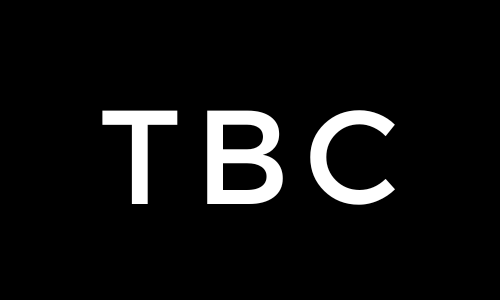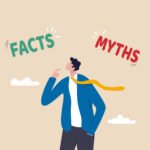Optimizing your blog posts for search engines is important to increase visibility and attract more readers. On-page SEO involves refining various elements within your content to enhance its search engine ranking. Here are some essential on-page SEO techniques every blogger should know:
1. Craft Compelling and Keyword-Rich Title Tags
Your title tag is the first impression readers and search engines have of your post. To encourage people to click, ensure your title tag includes your primary keyword and is descriptive and engaging.
Pro Tip: Aim for a length between 50 and 60 characters to prevent truncation in search results.
2. Write Engaging Meta Descriptions
While meta descriptions don’t directly influence rankings, they impact click-through rates. Compose concise summaries (150-160 characters) incorporating your target keyword and clearly conveying the post’s value to entice readers.
3. Optimize URL Structures
Create clean, concise URLs that reflect the content of your post. Include your primary keyword and avoid unnecessary words or characters. For example, use yourblog.com/on-page-seo-tips instead of yourblog.com/p=123.
4. Utilize Header Tags Effectively
Organize your content using header tags (H1, H2, H3) to improve readability and SEO. The H1 tag should contain your main keyword and represent the primary topic, while the H2 and H3 tags should structure subtopics and related points.
5. Incorporate Keywords Naturally
Integrate your primary and related keywords seamlessly throughout your content. Aim for a keyword density of 1-2% to avoid keyword stuffing and ensure the content remains natural and valuable to readers. This approach keeps the content reader-friendly while signaling to search engines that your content is highly relevant to the topic.
Pro Tip: Focus on keyword placement, not repetition. Instead of hitting a specific density target, aim to place keywords naturally in strategic spots—title, introduction, headers, and conclusion—while ensuring the content flows smoothly.
6. Optimize Images with Alt Text
Enhance your images by adding descriptive alt text that includes relevant keywords. This practice improves accessibility and helps search engines understand the content of your images, potentially boosting your SEO.
Pro Tip: Describe the image to reflect its content and context within the article.
7. Implement Internal Linking
Link to other relevant posts within your blog to keep readers engaged and distribute page authority. Use descriptive anchor text reflecting the linked content’s topic to provide context for readers and search engines.
8. Enhance Page Loading Speed
A fast-loading page improves user experience and can positively impact your search rankings. Optimize images, leverage browser caching, and minimize code to reduce load times. Tools like Google PageSpeed Insights can help identify areas for improvement.
9. Ensure Mobile-Friendliness
With a significant portion of users accessing content via mobile devices, having a responsive design is essential. Use responsive themes and test your site on various devices to ensure a seamless experience for all users.
10. Encourage User Engagement
Engage your readers by inviting comments and discussions on your posts. User-generated content can enhance the relevance and freshness of your blog, contributing positively to SEO.
Pro Tip: Add interactive elements like polls, questions, and clear CTAs to encourage comments, shares, and exploration. Respond to comments and adjust future content based on feedback to foster community.
Wrapping Up
I wanted to keep this short and provide a quick list of simple things any blogger can do. Applying these on-page SEO techniques should improve your blog’s visibility, attract more readers, and provide a better user experience. Remember, the goal is to create valuable content that resonates with your audience while adhering to SEO best practices. If you focus on that and promote your blog, you will be well on your way to growing it faster than you know.
If you enjoyed this post, share it with others! For more blogging and affiliate marketing tips, subscribe to our newsletter and never miss an update.
Discover more from The Blog Channel
Subscribe to get the latest posts sent to your email.










